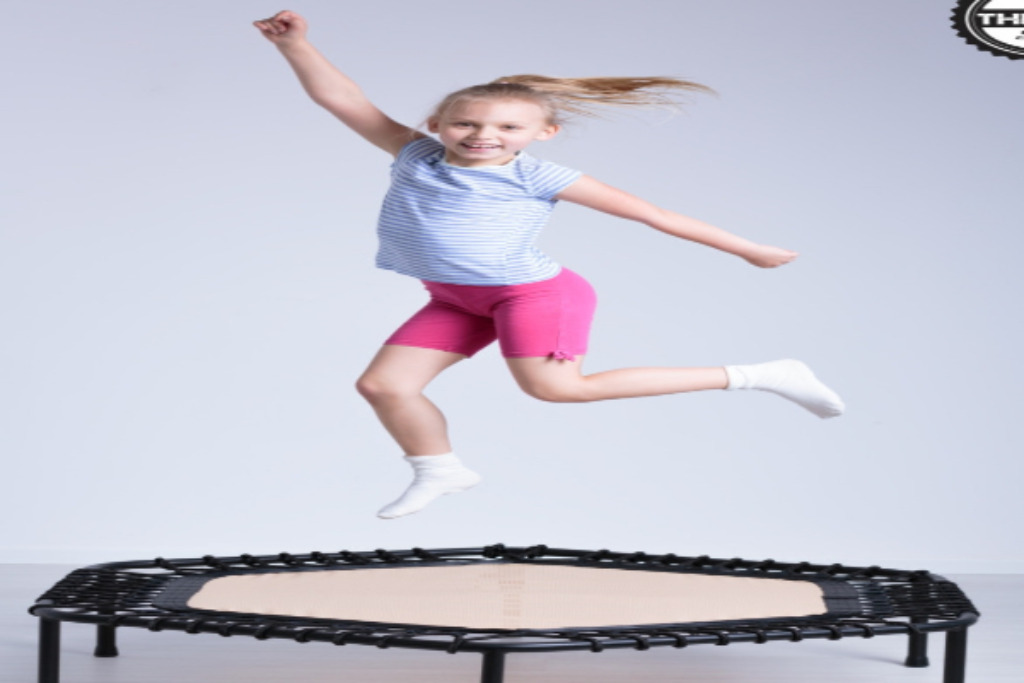Postural Control and Mini Trampoline Training

Postural Control and Mini Trampoline Training
Pediatric occupational and physical therapists frequently use mini trampolines during a therapy session or as a recommended activity for home use. This modality for exercise training is used for proprioceptive input, plyometrics, lower extremity strengthening, aerobic fitness, and sensory input. A recent research study examined the impact of trampoline plyometrics on postural control and jumping height in 24 pre-pubertal children (average age 9.3 years old).
The 24 participants (15 girls and 9 boys) were divided into a trampoline group or a control group. The trampoline group completed 4 weeks of plyometric training on a mini-trampoline (3x/week) during physical education class while the control group participated in the standard PE class. Postural sway and maximum height in countermovement and drop jump were measured before and after the intervention.
The results indicated the following:
postural sway decreased significantly in normal quiet stance for the trampoline group but not the control group.
statistically significant decreases in postural sway in the anteroposterior direction during one – leg stance was found for the trampoline group.
postural sway was unchanged in both directions for the control group.
statistically significant improvements in jump height were found only for trampoline group after training.
The researchers concluded that training on a mini trampoline could be incorporated into children’s exercise programs to facilitate balance and lower-limb strength.
Reference: Arabatzi, F. (2016). Adaptations in movement performance after plyometric training on mini-trampoline in children. The Journal of sports medicine and physical fitness.
Πρόσφατα Άρθρα
Splish, Splash, the Benefits of Water Play for Children
Independent Play can Boost Confidence, Creativity, and So Much More
